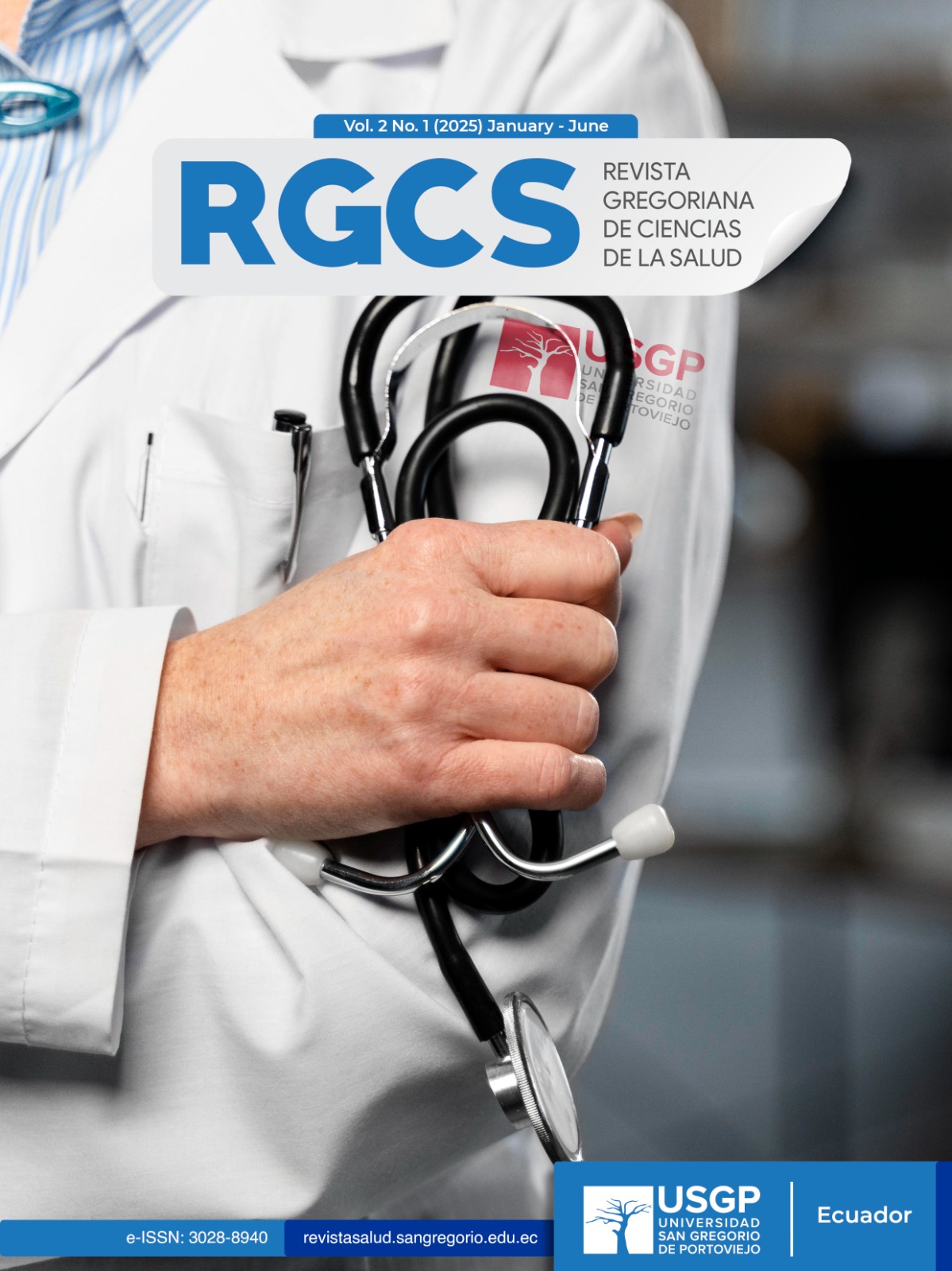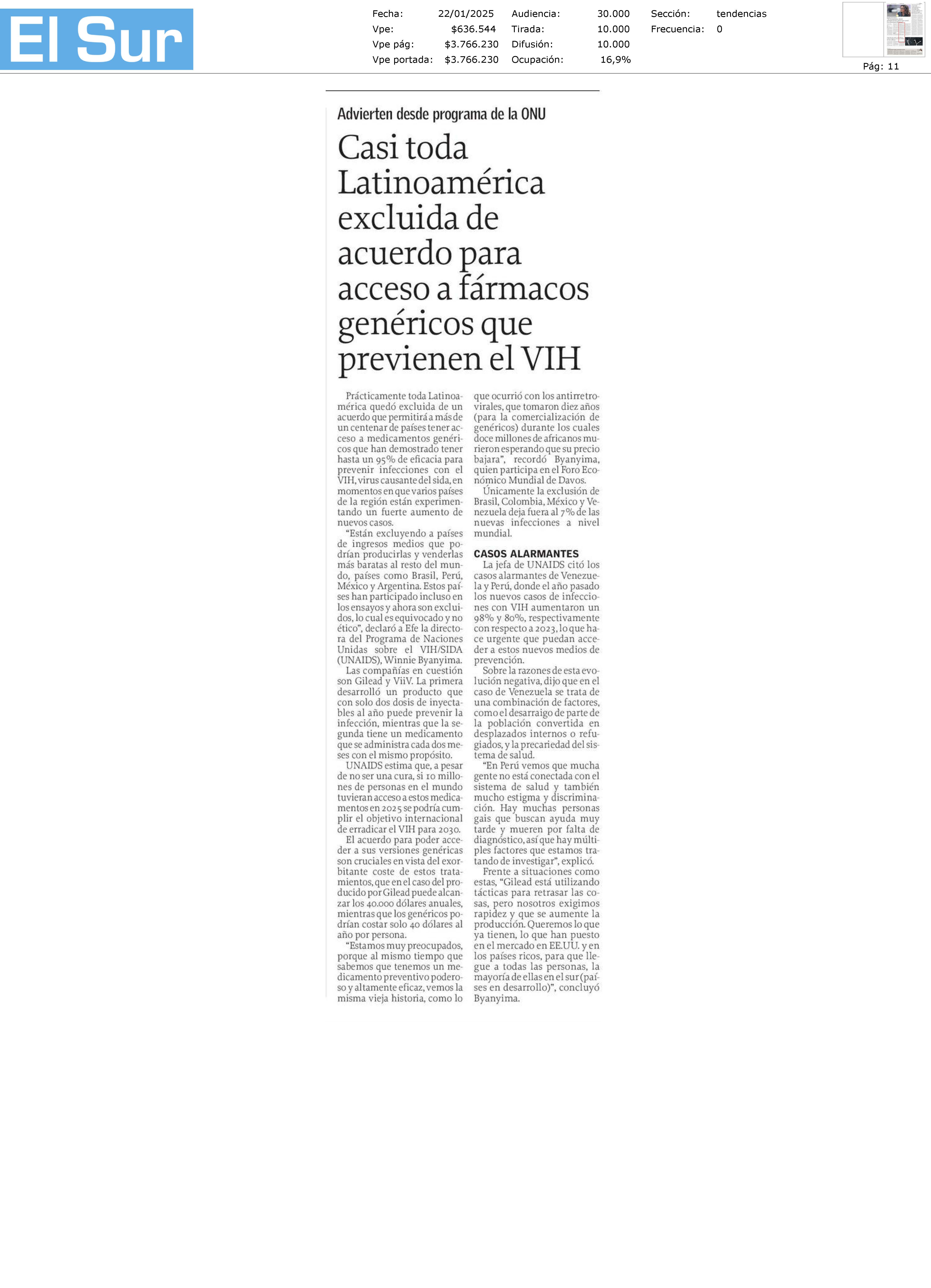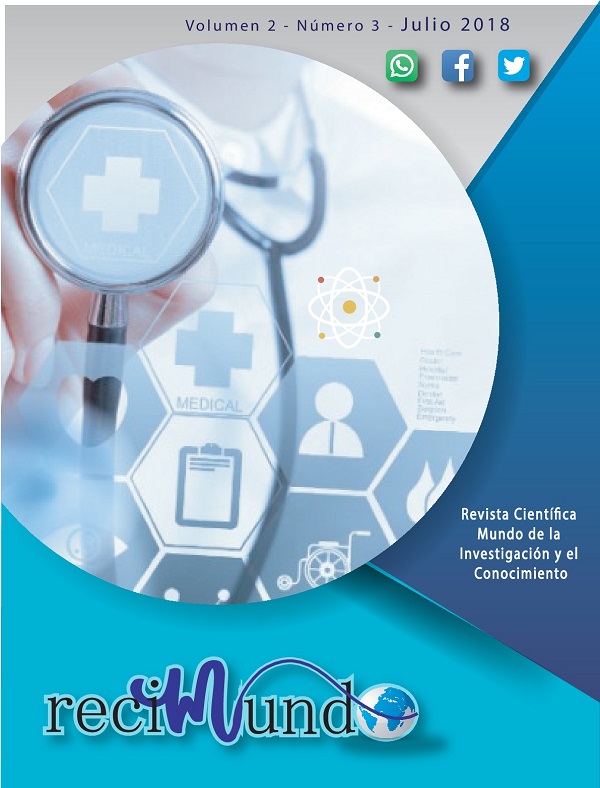Resum
Objective. To analyze access to STI and HIV prevention services for female sex workers in border communities of Central America. Materials and methods. A quasiexperimental study was carried out in a non-random sample of 558 sex workers, in border communities with and without prevention interventions related to information on human rights, sexual behavior and access to information on prevention/ transmission, condoms, HIV testing, contraception, healthcare and condom use. A descriptive analysis of these variables was done and a logistic regression model was used, in order to identify factors associated with condom use. Results. Female sex workers of communities with intervention had greater access to information on prevention (99 vs 87%), condoms (98 vs 75%), HIV testing (89 vs 61%), contraception (74 vs 65%), gynecological services (83 vs 57%), nd condom use with clients, 3.9 (IC:1.2-12.7), compared to workers in communities without intervention. Conclusions. The observed differences must be considered in a more general framework related to sociocultural characteristics and population mobility in border contexts, as well as to the organization of healthcare services. (Extraído del documento)






